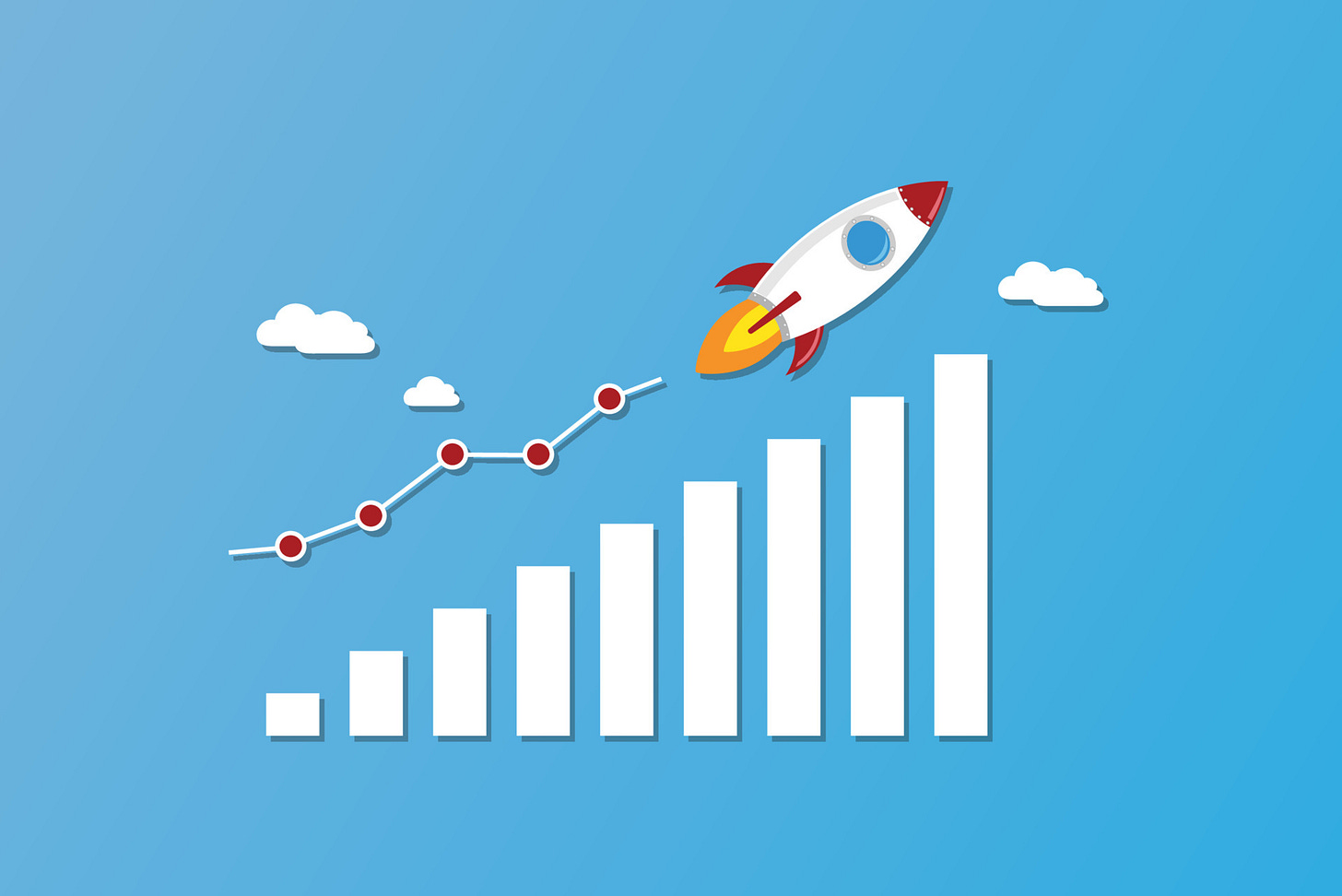Product-led growth (PLG) is a business strategy where the product is the primary driver of user acquisition, activation, expansion, conversion, and retention.
Rather than relying on traditional sales and marketing tactics, PLG emphasizes the creation of a product that naturally attracts and retains users through its own value and user experience.
The sales process is designed to be largely self-service, allowing users to explore, evaluate, and purchase the product without directly interacting with a sales team.
In this model, customers typically discover and engage with the product on their own, often through a free trial or freemium offering, allowing them to experience the product's value before deciding to purchase.
Key Benefits of Product-Led Growth
Faster Customer Acquisition: A strong product attracts customers organically through word-of-mouth and reviews, minimizing reliance on costly advertising.
Improved Customer Retention: Products that deliver value increase customer satisfaction, reducing churn and fostering loyalty.
Increased Customer Lifetime Value: Satisfied customers are likelier to continue using the product and purchase additional features, boosting lifetime value.
Enhanced Product Development: Focusing on customer feedback and usage data provides insights for product improvements that align with customer needs.
Reduced Sales and Marketing Costs: PLG lessens the need for extensive sales and marketing efforts, as the product drives acquisition and retention.
Stronger Brand Reputation: Successful PLG strategies create brand advocates who share positive experiences, enhancing overall reputation.
How to Implement a Product-Led Growth Strategy
Focus on real-time user behavior and enhance the user experience in product-led growth (PLG). Understanding and anticipating user needs is key, and product analytics offer real-time insights to help personalize and improve the user experience. User marketing automation tools like Moengage, clevertap, and lemnisk.
Focus on Product Excellence: Deliver a product that excels in functionality, usability, and value.
Prioritize Customer Experience: Ensure a seamless and enjoyable experience from onboarding to support.
Optimize for Self-Service: Starting from self-service onboarding to offering instant tech-enabled support.
Leverage Free Trials/Freemium Models: Allow potential customers to try the product through free trials or freemium options.
Prioritize shorter go-live cycles to launch new features, gather feedback, and improve the user experience. Mastering an efficient delivery pipeline accelerates innovation and enhances feedback quality.


